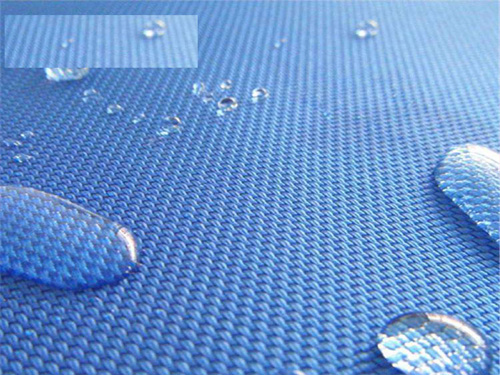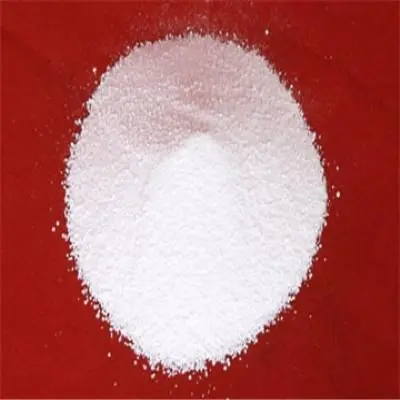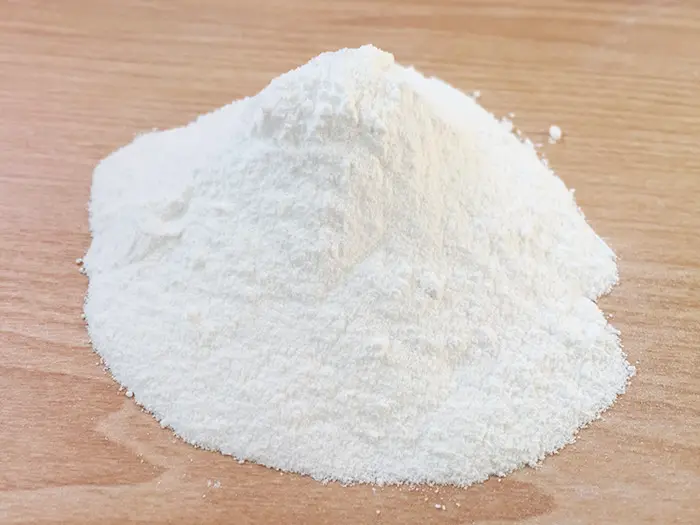6 ways to improve the flame retardant effect of plastics during the production process
Flame retardant acetate cloth
In many occasions, materials are required to be flame retardant. The most commonly used occasions are electronic and electrical appliances. The automotive industry also has flame retardant requirements. Most plastics are flammable. With the wide application of plastics in construction, furniture, transportation, aviation, aerospace, electrical appliances, etc., improving the flame retardancy of plastics has become a very urgent issue.

01 Surface modification
Inorganic flame retardants have strong polarity and hydrophilicity, poor compatibility with non-polar polymer materials, and it is difficult to form a good bond at the interface. In order to improve the adhesion and interface affinity between it and the polymer, surface treatment with coupling agent is one of the most effective methods.
Commonly used coupling agents are silanes and titanates. For example, aluminum hydroxide (ATH) treated with silane has good flame retardant effect and can effectively improve the flexural strength of polyester and the tensile strength of epoxy resin; ATH treated with ethylene-silane can be used to improve cross-linked ethylene-acetic acid Flame retardancy, heat resistance and moisture resistance of ethylene copolymers. Titanate coupling agents and silane coupling agents can be used together to produce synergistic effects.
After surface modification, the surface activity of ATH has been improved, the affinity with the resin has been enhanced, the physical and mechanical properties of the product have been improved, the processing fluidity of the resin has been increased, the moisture absorption rate of the ATH surface has been reduced, and the resistance has been improved. Various electrical properties of flammable products, and improve the flame retardant effect from V-1 level to V-0 level.
02 Ultra-refined
Inorganic flame retardants have the advantages of high stability, low volatility, low smoke toxicity, and low cost, and are increasingly favored by people. However, its compatibility with synthetic materials is poor, and the large amount added reduces the mechanical properties and heat resistance of the material. Therefore, ultrafine modification of inorganic flame retardants to enhance their compatibility with synthetic materials and reduce their dosage has become one of the development trends of inorganic flame retardants.

For example, the ultrafine and nanosized ATH are the main research and development directions to improve its flame retardant effect. Adding a large amount of ATH will reduce the mechanical properties of the material, but by miniaturizing the ATH and then filling it, it will have the effect of plasticizing and reinforcing the rigid particles, especially nanoscale materials. Since the flame retardant effect is controlled by chemical reactions, the smaller the particle size of the same amount of flame retardant, the larger the specific surface area, and the better the flame retardant effect.
Superfineness is also considered from the aspect of affinity. It is precisely because of the different polarities of ATH and polymer that the physical and mechanical properties of its flame-retardant composite materials decrease. The ultra-fine nanosized ATH enhances the interfacial interaction and can be evenly dispersed in the matrix resin, which more effectively improves the mechanical properties of the blend.
03 Compound synergy
In actual production applications, a single flame retardant always has defects of one kind or another, and it is difficult to meet increasingly higher requirements using a single flame retardant. The compounding technology of flame retardants is to compound between phosphorus, halogen, nitrogen and inorganic flame retardants, or within certain types, to seek the best economic and social benefits.
Flame retardant compounding technology can combine the advantages of two or more flame retardants to make their properties complementary, thereby reducing the amount of flame retardants and improving the flame retardant performance, processing performance and physical and mechanical properties of materials.
04 Cross-linking
The flame retardant properties of cross-linked polymers are much better than linear polymers. Adding a small amount of cross-linking agent during the processing of thermoplastic plastics can turn the plastic into a partial network structure, which can improve the dispersion of the flame retardant, facilitate the char formation when the plastic is burned, improve the flame retardant performance, and improve the quality of the product. Mechanical, heat resistance and other properties.
05 Microencapsulation
The application of microencapsulation to flame retardants is a new technology developed in recent years. The essence of microencapsulation is to crush and disperse the flame retardant into particles, encapsulate it with organic or inorganic substances to form microcapsule flame retardants, or use inorganic substances with large surfaces as carriers to adsorb the flame retardants on these inorganic substances. Honeycomb microcapsules of flame retardant are formed in the gaps of the carrier.

The microencapsulation of brominated environmentally friendly flame retardants has the following advantages: it can improve the stability of the flame retardant; it can improve the compatibility between the flame retardant and the resin, so that the physical and mechanical properties of the material can be reduced; it can greatly improve The various properties of flame retardants expand their application scope.
06 Nano flame retardant
Some nanomaterials have the function of preventing combustion. They are added to combustible materials as flame retardants and take advantage of their special size and structure.The �� effect can change the burning properties of combustible materials and make them fire-resistant materials.
The use of nanotechnology can change the flame retardant mechanism and improve the flame retardant performance. Since the particle size of nanoparticles is small and the specific surface area is large, its surface effect, volume effect, quantum size effect and macroscopic quantum tunneling effect and other characteristics provide new opportunities for the design and preparation of high-performance, multi-functional new materials. ideas and approaches.




